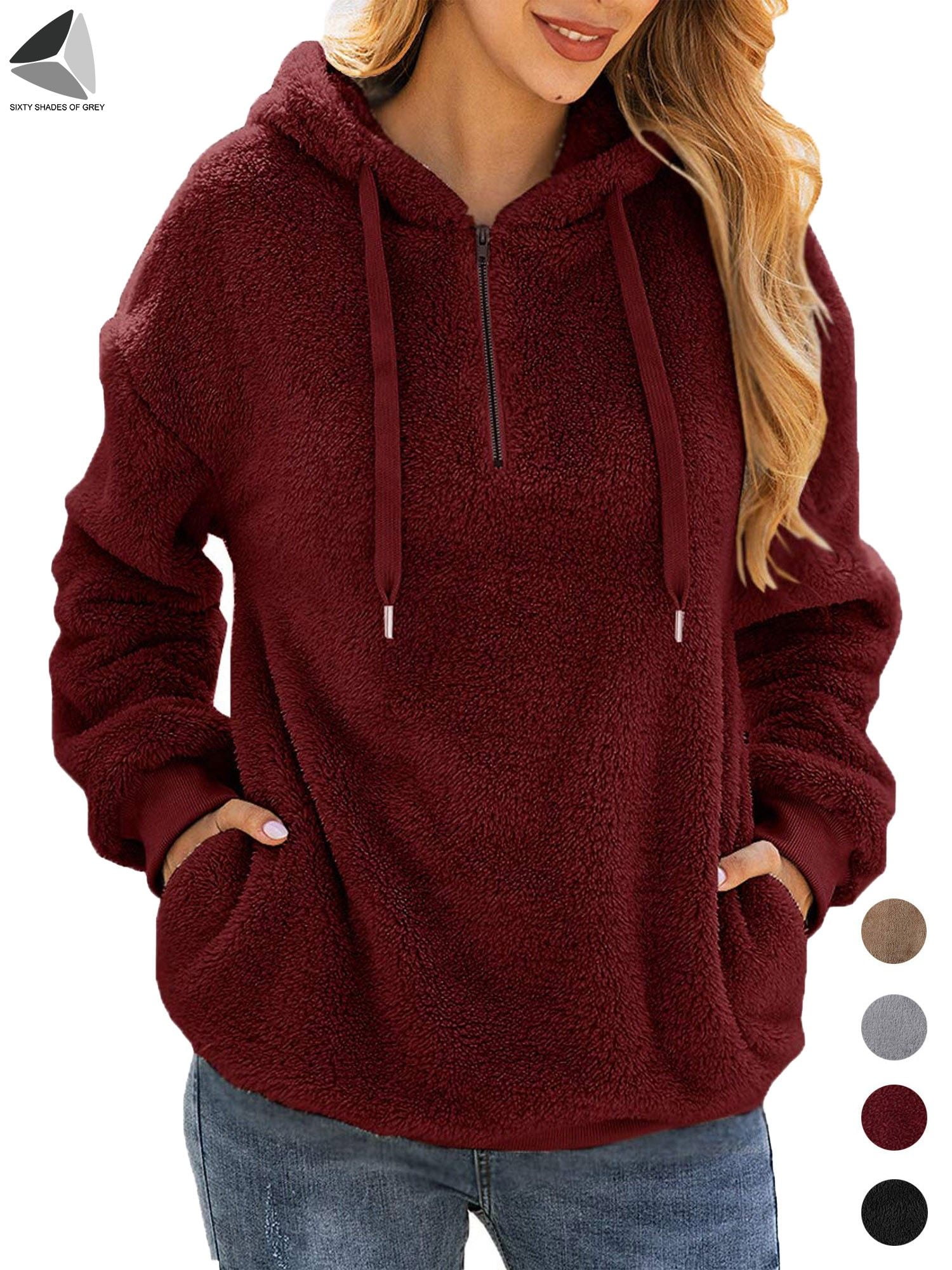What To Look For When Buying the Sweatshirt

Sweatshirts are long-sleeved pullover garments made of thick cotton cloth. They are usually worn as casual clothing but aren't as formal as sweater s or cardigans. They might not come with the Hood. If you're interested in buying a sweatshirt, here are some tips:
The appeal of Norma Kamali was spread by the use of sweatshirts
Since the late '70s the Norma Kamali brand has transformed the simple sweatshirt into an art form. Her designs have become the staple of almost all women's wardrobes. Her distinct designs vary from a tummy-tucking neckline to thick leather sweatshirts. She also has created clothes in unusual shapes, such as a tank top with an extended trumpet skirt.
A partnership between the designer and the sweatshirt maker Everlast resulted in her Timeless collection, which was a huge hit when it was featured in the Spiegel spring 2006 catalog. The collection offered knits that could be interchangeable or convertible in classic silhouettes and many of the pieces were priced under $20. Even the The Norma Kamali Timeless collection wasn't sold in stores, buyers could still find the pieces on eBay as well as Poshmark.
Merino wool sweatshirts tend to be more comfortable than sweatshirts made of soft wool.
Merino wool is known for its moisture-wicking properties that help keep you comfortable and dry. This is a naturally-occurring fiber that also has a smoother feel. The fabric also dries quickly when compared with other natural materials. Furthermore, merino is a sustainable resource. The merino sheep shed coats each year and grow new ones.
Merino's weight-to-heat ratio is high, and the warmth of wool is what makes it a popular choice for sweatshirts. It helps to regulate body temperature due to its natural loft, which retains heat between the fibers. This is why Merino wool sweatshirts work ideal for outdoor and summer activities like hiking, mountain biking and running. The warmth they provide helps keep the wearer well-hydrated and cool, something that is essential when working out.
Zip-front hoodies have kangaroo pocket

Kangaroo pocket Hoodies are a well-loved style of hoodies. They feature a big pocket on the front, which helps keep your hands warm on chilly days. They are additionally more practical than conventional pockets as they allow the hands to slide in and out easily.
Kangaroo pockets are typically large enough to accommodate the wallet, or other small personal items. They're typically big enough to hold the palm of a hand that is small, and can even be sufficient to hold two hands. https://onepetcare.com/members/wealthkettle3/activity/121497/ have wide openings on either side and can be used to carry small items.
French terry fabric is a popular fabric for sweatshirts
The French terry fabric is made of soft yarns that are knitted into loops and are usually mid-weight. It is also renowned for its ability to wick away moisture and is pre-shrunk. French terry is a great choice for sweatshirts because it keeps you warm when you're in need and keeps your cool when you want to cool down.
French terry is also popular for loungewearbecause it is stretchy enough and has enough flexibleness to feel great when you touch your body. It also allows air to circulate throughout the fabric, which makes it ideal for layering under other clothing. Additionally, since it is lighter than other sweatshirts you can wear it throughout the year without feeling warm or cold.
Hoodies are classy and have a connotation of class.
While it may seem that hoodies are simply an appropriate clothing item for people of the working class but the truth is that they have a classist connotation. The hooded garment was first popularized in the early 70s New York, where graffiti artists wore them to hide their identities. In 1976 the hoodies were made famous in their movie debut with "Rocky," when the protagonist of the film was a working class man in grey sweats with hoods during his famous climb up the Philadelphia Museum of Art.
Hoodies are often associated with death, destruction, and other undesirable things, and yet they serve a practical purpose. For instance, priests and monks can wear hoods to demonstrate modesty and inward focus.
